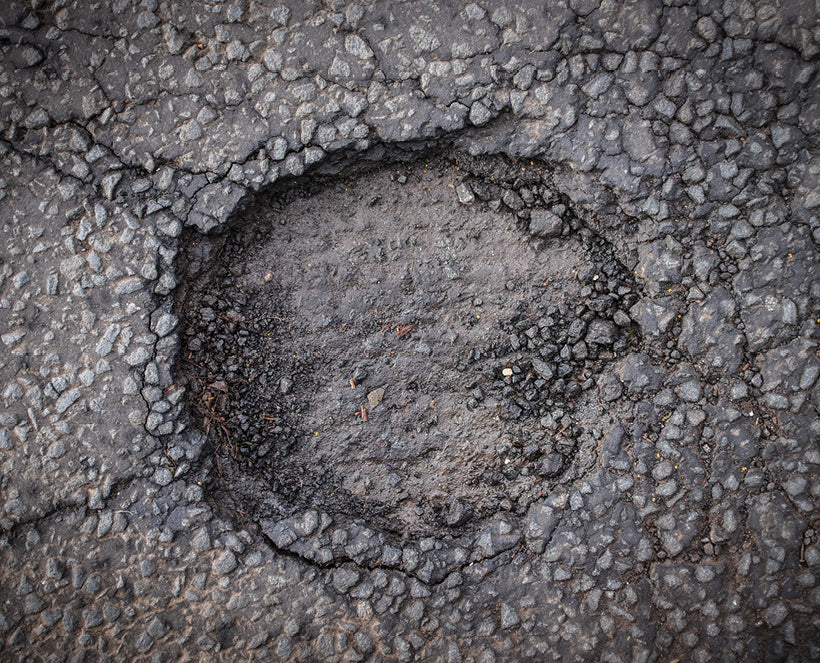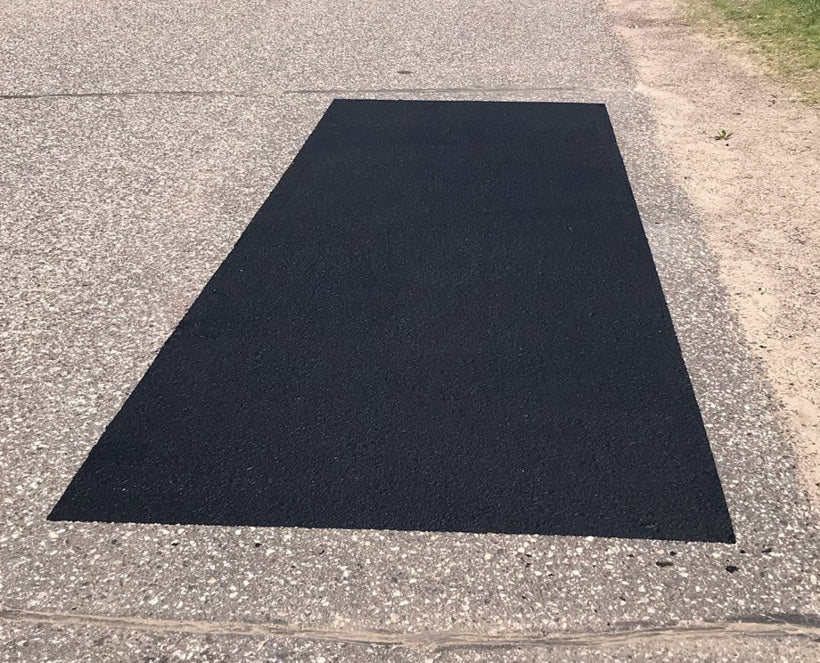Seamless Repairs for Asphalt Potholes & Cracks
Have potholes on your property and want a repair that lasts? For a professional-looking pothole repair that performs better than cold patching, choose infrared repairs.
Infrared patching and repair are for those cases when you need to fix minor potholes and cracks on your asphalt surfaces, but don’t need full-scale replacement or resurfacing. This is when infrared patching comes in to quickly repair minuscule surface problems and in the most cost-effective manner possible.

Do I need infrared patching?
Infrared patching is the best route to take if your asphalt surface is located in a high-traffic area. This is because heavy traffic and repeated exposure to vehicular pressure cause your asphalt surface to weaken and form cracks and potholes. Although these potholes and cracks are small, leaving them unattended means signing up for a heftier replacement bill down the line. So to save yourself from that headache, infrared patching is your safest and most cost-friendly bet.

How does infrared patching work?
Infrared patching works by heating and melting existing asphalt and then mixing in new asphalt before pouring the mixture over potholes and cracks. Once the mixture has been poured, spread evenly, and compacted, it is allowed to cool until your pavement looks as good as new! With this process, thermal bonding occurs between the old and new asphalt, causing it to become in synergy with one another for a seamless finish!
Infrared Patching FAQ

Is infrared patching only for potholes?
Infrared is a great solution to repair small potholes, and it can also be used to repair cracks, divots, and areas where water may pool. This type of heating can also be used in the installation of speed bumps and cart corrals.

Is infrared patching a permanent repair?
While infrared repair is amazing at creating a seamless bond with the existing asphalt, it is not a permanent repair. This is a temporary fix that is highly durable because it prevents water penetration and integrates with the rest of your asphalt.

Can my entire parking lot be repaired with infrared heating?
Infrared heating is not ideal for repairing entire lots or large areas. Other repair methods, such as resurfacing or mill & overlay, are better for fixing large swathes of asphalt.

How cost-effective is infrared repair?
Infrared is very cost effective, as it can reduce material costs and reuse the existing asphalt. For potholes, seams, and small cracked areas, infrared repair takes minimal time and can be traffic-ready very quickly.
Don’t wait for your asphalt to get worse!
There are many reasons to love infrared patching. It’s inexpensive, minimally invasive, and repairs damaged surfaces in half the time typical paving would take! You can finally restore your asphalt’s health and resume parking lot activity without breaking the bank.

MIX-TEK has consistently delivered great results for us. Their professionalism, attention to detail, and smooth project execution make them our preferred choice for asphalt maintenance and repairs. They’re reliable, skilled, and focused on quality results. We’re very satisfied with their work
Christopher S., Customer
READ TESTIMONIALSDownload the FREE checklist
7 Safety Checks to Perform on Your Parking Lot Download our free PDF and start making your pavement safer! You’ll also get tips and helpful checklists to learn what to watch on your asphalt and concrete!



